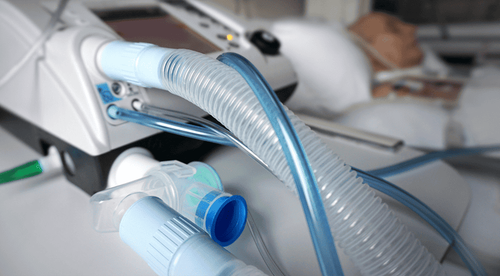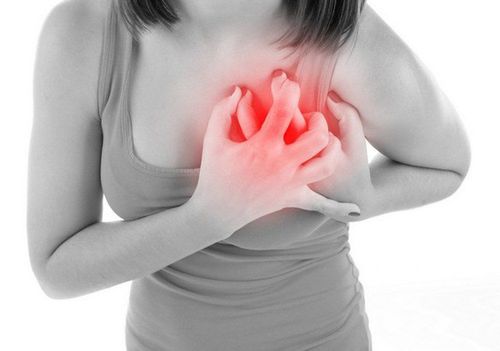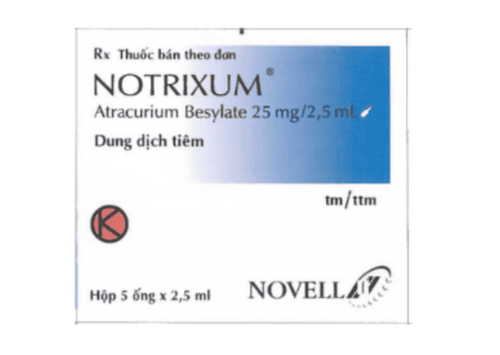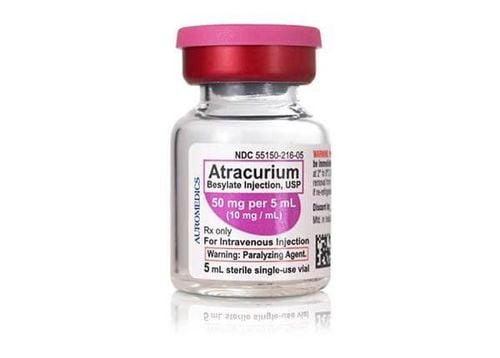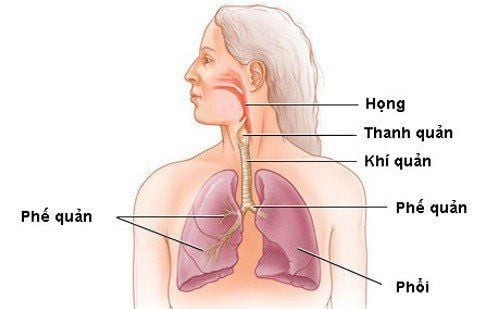This is an automatically translated article.
Article by Doctor Nguyen Ngoc Phuong Nam - Emergency Resuscitation Doctor - Emergency Resuscitation Department - Vinmec Central Park International General Hospital
Currently, more and more patients both in the hospital and in the community are being intubated. This article briefly introduces the tracheostomy procedure, the benefits, complications, some methods of performing and distinguishing the types of tracheostomy tubes.
1. What is tracheostomy?
Tracheostomy is a procedure to open the skin and neck muscles to put the instrument (Canuyn) into the trachea, creating a passageway for air to enter the lungs without going through the nasopharynx to maintain breathing. Tracheostomy is used in the following 2 situations:
Acute: is an emergency to maintain the airway that cannot be intubated by mouth such as: Head and neck trauma, malignant bronchial asthma .... Chronic: often used in mechanically ventilated patients for a long time.
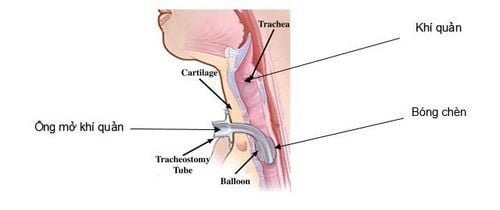
2. Some benefits of tracheostomy
Some of the good health benefits of tracheostomy can be mentioned as:
Reduced work of breathing: a tracheostomy tube significantly reduces the length of the airway compared to an endotracheal tube resulting in better respiratory work. significantly reduced. Patients are more comfortable: because they can move the neck, can eat, drink, speak (With Canuyn with windows) Care of the airways is easier: Tracheostomy helps to suck up viscous sputum in the mouth area, the trachea is easier than. The suction of viscous sputum is a very important factor to reduce the risk of pneumonia for the patient. Patients with tracheostomy tubes will be easier to wean from the ventilator, when the patient is stable, they can be treated as outpatients at home. Patients can still take care of their own tracheostomy at home.
3. Possible complications of tracheostomy:
3.1 Early complications : Within 1 week Bleeding Injury to nerve (usually recurrent laryngeal nerve) Esophageal injury Subcutaneous pneumothorax, pneumothorax Suppression of secretions, leading to aspiration and lower respiratory tract infections. 3.2 Late complications Tracheal stenosis Tracheal cartilage molluscs Repeated pneumonia Tracheoesophageal, tracheoesophageal, skin fistula
4. Tracheostomy procedure
There are 2 methods of tracheostomy
Tracheostomy Surgery Percutaneous tracheostomy by dilatation 4.1 Surgical tracheostomy Patient is supine, under general anesthesia 2-3 cm incision from the 2nd cartilaginous ring of the air descending trachea Make a hole between the 3rd and 4th tracheal cartilage rings Place the tracheostomy tube Fix the tracheostomy tube
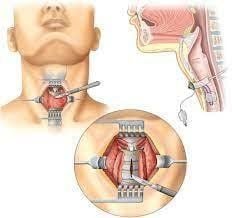
4.2 Dilatation Percutaneous Tracheostomy A percutaneous dilatation tracheotomy is a kit with tubes that increase in size (small to large) to create a tunnel (hole) in the trachea to put Canuyn tracheostomy. Needle puncture and guide wide between the 1st and 2nd tracheal cartilage rings.
The tracheostomy opening is gradually widened by dilatations of different sizes. This procedure can be done 'blind' or done under laparoscopic guidance.
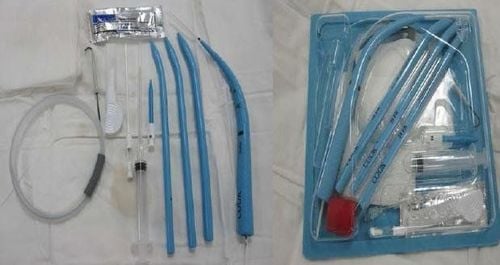
5. Types of tracheostomy tubes
Single-bore plastic: plastic tube has no inner barrel and needs to be changed every 5-7 days. This type may or may not be shaded.
Type 2 barrel: The outer barrel and the inner barrel, the inner barrel can be taken out for cleaning every day, the inner barrel also has a window to practice breathing through the nose for the patient and the patient can speak when using the open air. manage this species.
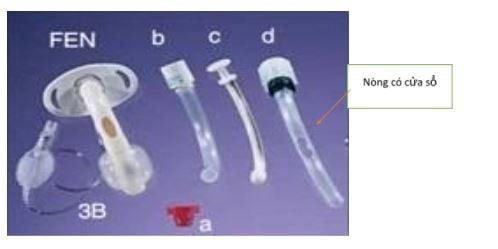
6. Tracheostomy cleaning
The steps to clean the tracheostomy are as follows:
The patient is sucked regularly when there is a lot of sputum in the lungs, or the patient can spit out the sputum through the tracheostomy. Change the dressing, wash the tracheostomy incision once a day. Observe the condition of the skin around the tracheostomy when changing the dressing, look for signs of the skin around the tracheostomy, swelling, redness, bleeding, pus... Check the position of the tracheostomy tube, check the wire The tracheostomy column is properly tied (fits 2 fingers), re-examination as soon as the tracheostomy tube is found to fall or fall out. Check the color and nature of the mucus in the tracheostomy tube every time the dressing is changed. It is recommended to use a "air filter" prosthetic lung to humidify the air, to avoid causing dryness leading to thick sputum that is difficult to spit and clean. Vinmec International General Hospital has the function of examining, treating and recovering from simple to complex diseases with standard modern medical equipment. Accordingly, the technical equipment is also invested in innovation suitable for each different procedure and surgery in order to minimize the possible dangerous complications, including the tracheostomy procedure. . Especially, with a team of highly qualified and well-trained medical doctors, they will bring optimal treatment results to customers.
Please dial HOTLINE for more information or register for an appointment HERE. Download MyVinmec app to make appointments faster and to manage your bookings easily.





